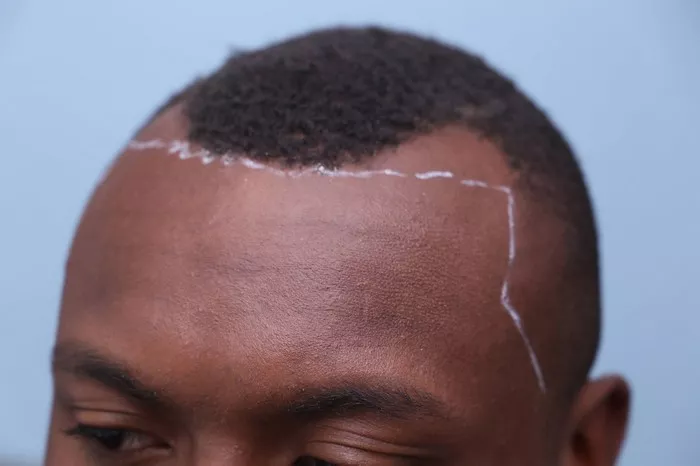Hair transplantation has become an increasingly popular solution for individuals seeking to restore a fuller head of hair and combat the effects of hair loss. As the demand for hair transplants continues to rise, it’s essential to delve into the intricacies of how transplanted hair grows to provide a comprehensive understanding for those considering this procedure.
The Science Behind Hair Transplantation
Before exploring the growth of transplanted hair, it’s crucial to grasp the science behind hair transplantation. The most common method is Follicular Unit Transplantation (FUT) or Follicular Unit Extraction (FUE), both of which involve the extraction of hair follicles from a donor area, usually the back or sides of the scalp, and their transplantation to the balding or thinning areas.
The Initial Phase: Dormancy
Following a hair transplant, the transplanted hair goes through a dormant phase. This is a temporary resting period where the hair follicles adjust to their new environment. During this phase, patients may not observe significant growth, and this can lead to a misconception that the procedure was ineffective. However, this dormancy period is a natural part of the hair growth cycle and should not cause concern.
The Awakening: New Growth Initiates
After the dormant phase, transplanted hair follicles begin to awaken and initiate new growth. This typically occurs around two to three months post-surgery. The hair growth process is gradual, and patients can expect to see initial signs of new hair emerging. While the progress varies from person to person, patience is key during this phase.
Establishing Roots: The Anagen Phase
As transplanted hair continues to grow, it enters the anagen phase, which is the active growth phase of the hair cycle. During this stage, the hair follicles are firmly establishing themselves in their new location, and patients may witness a more noticeable transformation. The transplanted hair will continue to grow at a rate similar to the surrounding native hair.
Maturity and Thickness: Catagen and Telogen Phases
The catagen phase follows the anagen phase and represents a transitional period where hair growth slows down. This phase is a natural part of the hair growth cycle. Subsequently, the telogen phase, a resting phase, occurs before the hair sheds. Shedding is a normal part of the hair growth process and should not cause alarm.
Complete Results: Patience Pays Off
The complete results of a hair transplant may take up to a year or more to become fully apparent. Patients should understand that achieving natural-looking and dense results is a gradual process. Throughout this time, the transplanted hair will continue to blend seamlessly with the existing hair, providing a harmonious and aesthetically pleasing result.
Factors Influencing Transplanted Hair Growth
Several factors can influence the growth of transplanted hair. Patient adherence to post-operative care instructions is critical. Following the surgeon’s guidelines regarding medications, cleaning, and avoiding activities that may jeopardize the transplanted follicles is crucial for optimal results.
Additionally, individual healing processes and genetics play a role in the outcome of a hair transplant. Some patients may experience faster growth due to their unique physiological factors, while others may require more time. It’s essential for patients to maintain realistic expectations and communicate openly with their surgeons about any concerns or questions they may have during the recovery period.
See Also: 7 Ways to Hide Hair Transplant Scars: A Quick Guide
Conclusion: A Transformative Journey
In conclusion, the growth of transplanted hair is a multifaceted process that unfolds over time. From the initial dormancy phase to the emergence of new growth and the establishment of roots, patients undergo a transformative journey. Patience and adherence to post-operative care are paramount for optimal results. Understanding the science behind hair transplantation and the various growth phases empowers individuals to make informed decisions about this life-changing procedure. As technology advances and research progresses, the field of hair transplantation continues to evolve, offering even more promising outcomes for those seeking to regain their confidence through a fuller head of hair.


